This is the new D-Max – and when I say 'new' – I mean it. It has a new exterior, a new reengineered engine – producing more power and more torque than the previous-generation D-Max – and it now has a rear diff lock... and that's a new and much-needed addition!
The new D-Max officially went on-sale from September 1, but we tested one of these new utes for seven days to see how it performs on- and off-road.
Read on.
.jpg)
Isuzu D-MAX 2021: SX (4X2)
| Engine Type | Diesel Turbo 4, 3.0L |
|---|---|
| Fuel Type | Diesel |
| Fuel Efficiency | 7.7L/100km (combined) |
| Seating | 5 |
| Price From | $33,770 - $40,260 |
| Safety Rating |
|
Does it represent good value for the price? What features does it come with?
The LS-U dual cab 4x4 is the second-from-the-top spec in the D-Max range. It has an MSRP of $61,804.
Standard features are plenty and include a 9.0-inch multimedia screen (with satnav), an eight-speaker stereo, leather steering wheel, dual-zone climate control, electric lumbar-adjust for the driver's seat (its other controls are manual), carpet flooring, 18-inch alloys, chrome grille, as well as chrome mirror caps and door handles, and blacked-out B-pillars.
.jpg)
As I mentioned, it has a re-engineered 3.0-litre four-cylinder turbo-diesel engine, a six-speed automatic transmission, and a part-time four-wheel drive system.
Driver-assist tech includes Isuzu's Intelligent Driver Assistance System (IDAS), which incorporates autonomous emergency braking, blind spot monitoring, lane departure prevention, traffic sign recognition, rear cross traffic alert and a reversing camera.
.jpg)
There are plenty of genuine D-Max accessories available, including bull bars, nudge bars, side steps, tub liner, roof rack, canopy, and more.
Our test vehicle had a fair few extras onboard – including rubber floor mats, weather-shields, a tow bar plus 12-pin plug and more – so its MSRP was $64,420.90.
Is there anything interesting about its design?
The D-Max has a 30mm shorter body than it used to, but the wheelbase, at 3125mm, is 30mm longer than it used to be.
There is more cabin space now than in the previous generation, at least claimed. Shoulder room across the rear seats has grown by 20mm, seat angle is more reclined and the door opens wider now, making getting in and out easier.
Its looks have changed quite dramatically on the outside, but make up your own mind whether you like its new appearance or not.
.jpg)
What are the key stats for the engine and transmission?
The new D-Max has a re-engineered 3.0-litre four-cylinder turbo-diesel power plant – producing 140kW at 3600rpm and 450Nm at 1600rpm-2600rpm and our LS-U 4x4 dual-cab had a Aisin six-speed automatic transmission.
As well, it has a part-time 4WD system, a dual-range transfer case with high- and low-range gearing, and a rear diff lock.
.jpg)
How practical is the space inside?
In terms of dimensions, this D-Max is 5265mm long (with a 3125mm wheelbase), it is 1870mm wide, 1790mm high and it has a listed kerb weight of 2045kg.
Cabin materials are all soft-touch and seemingly high-quality; the interior feels like a premium space – and this is not even the top-spec!
The new large 9.0-inch media unit, with Apple CarPlay (wireless) and Android Auto (via USB), as well as sat nav, and switchable digital dash readout, add to the overall well-equipped feel.
.jpg)
In terms of comfort, it's impressive. The seats, front and back, are comfortable and well-cushioned. To test second-row space, I sat behind my driving position and I had adequate headroom and a fair bit of legroom. There is a fold-down arm-rest with flip-down cup holders, and there are directional air vents in the back of the centre console.
The rear seat has an ISOFIX child seat anchor point on each outer seat, and a centre-mount top tether point for two top-tether attachments.
Storage options include a double glovebox, a shallow tray with pop-up lid atop the dash, cupholders between the seats, a centre console lidded space and bottle holders in each door.
What's it like as a daily driver?
It's easy enough to set your driving position accurately before you get going as the LS-U driver's seat is manually height-adjustable (with electric lumbar support) and the leather-wrapped steering wheel is manually reach-and-rake adjustable.
And once you're driving, there are plenty of positive surprises.
The steering is light and so well-weighted at all speeds, it's almost bloody sporty!
.jpg)
Turning circle is 12.5m, which isn't insignificant, but the D-Max never feels too bulky to steer around town and in the suburbs.
While still exhibiting some of that telltale diesel-ute clatter, albeit at subdued levels, it is overall smooth and never stressed, but still becomes noisy when pushed particularly hard.
The auto transmission is generally okay, mostly shifting smoothly, but it does become a bit thrashy when open-road cruising, especially over long gradual inclines, as it works to maintain optimal torque. It's not terrible though.
.jpg)
With a longer wheelbase and shorter body, the D-Max sits nicely planted on the blacktop, and the suspension – an independent front and three leaf-spring rear set-up – has resulted in a considerably softer and more comfortable ride than the previous generation's when its leaf-spring rear was quite firm.
You can't drive the new D-Max without mentioning Isuzu's Intelligent Driver Assistance System (IDAS), which incorporates autonomous emergency braking, blind spot monitoring, lane departure prevention, traffic sign recognition, rear cross traffic alert and a reversing camera.
Overall, this is just a much nicer ute to drive than the previous-generation D-Max and a lot nicer than many of its ute rivals as well.
What's it like for touring?
The LS-U has a claimed 240mm of ground clearance, a wading depth of 800mm. Approach, ramp-over and departure angles are listed as 30.5 degrees, 23.8 degrees, and 24.2 degrees, respectively.
Getting to your camp site will be a lot more comfortable in this than it ever was in a D-Max, because the suspension is now really well sorted.
Driving on gravel tracks, dirt, a lot of minor corrugations, with some big potholes every now and again. And it did really well: it was settled, composed and just handled everything, soaked it all up and was nice and comfortable for the duration.
And when it came time for the fun stuff – difficult low-speed, low-range 4WDing – the new D-Max was a huge improvement over the previous one as well.
.jpg)
The previous D-Max's 4WD shortcomings were swiftly exposed on hardcore terrain, especially in traction-challenged scenarios.
Well, that's not the case any more.
The D-Max has a dual-range transfer case – high- and low-range – as well as an off-road traction control system and, for the first time, a rear diff lock as standard.
About 400Nm of the D-Max-generated 450Nm torque is available across a 1400rpm-3250mm range, so the Isuzu ute remains unstressed, even when tackling a steep rocky bush track, cut through by deep washed-out ruts and lumpy in places with exposed rocks and tree roots.
And while there has been a minor increase in power and torque (up 10kW and 20Nm) there's plenty of useable torque at low revs.
.jpg)
Wheel travel in the D-Max isn't the best or worst in the dual cab 4WD ute mob, but if you get some flex going, some articulation, and you can get a tyre to the dirt, that extra torque is really usable and it makes a marked difference.
The previous D-Max's off-road traction control system was always a bit lacklustre, requiring a heavy right foot and sheer bloody-minded relentlessness to get the ute up and over, or through, serious off-road challenges. You could achieve victory, but it was often an ugly win.
Again, not any more.
The Isuzu white coats have apparently done their research, and tweaked/recalibrated that traction control system. Whatever they've done, it's worked, because it is now very effective and does not require a 'drive it like you stole it' approach. It applies an even-handed, common-sense, allowing the driver to apply steady throttle and make safe, controlled progress up a steep slope, rather than have to thump the throttle and try to scale a hill-climb through sheer force of will, thus risking damage to the vehicle.
It makes for a much more enjoyable 4WDing experience.
.jpg)
The rear diff lock is the other big news. However, the new D-Max's low-range gearing and traction control are so effective a combination and the D-Max's off-road performance so improved that we were three-quarters of the way up our set-piece hill-climb challenge before we even had to think about using the diff lock. And we only did that to see how it'd boost the D-Max's all-round 4WDing ability, not out of any real necessity.
The diff lock can be engaged at speeds up to 8km/h and only when you're in four-wheel drive low-range (4L). It will disengage when you hit 30km/h or more. Note: when you engage the diff lock, off-road traction control is disengaged.
And it makes a world of difference. It's that extra bit of 4WD weaponry you can call on when things get really tough, as it'll help to keep you moving and give you peace of mind on the tracks.
Remember: a diff lock is not the magic-pill some people might assume it is, but it certainly helps – and the fact you at least have the option of using it when crunch-time comes is a definite bonus.
Hill descent control is impressive: on the way back down our set-piece hill, it held us to a steady 3-4km/h and that's a nice, safe, controlled pace. It gives you plenty of time to check the track ahead, place your tyres, make sure you are safe, and there's never that sensation of free-wheeling that you get with some other hill descent control systems, that sensation of the vehicle running away down the hill.
.jpg)
I do have a few niggles about the new D-Max though: it has about 240mm ground clearance (claimed), which is better than the Toyota HiLux (at 216mm), but it feels lower and more vulnerable to touching earth with undercarriage bits that otherwise shouldn't. A longer wheelbase is the most obvious culprit but any sense of lacking in ground clearance can be easily overcome with slow, considered driving, to avoid belly scraping and any “kissing dirt" moments.
Also, the LSU has sidesteps and those 'eat' into your driving angles and may grind on rocks and ruts edges as you crawl through.
Another gripe: the showroom-standard tyres – Bridgestone Dueler H/Ts (265/60R18 110S) – are not good enough on stuff like this, but a set of new more-aggressive all-terrains will be an easy fix.
The tray is 1570mm long at floor height, 1530mm wide (but 1122mm between the wheel-arches), and 490mm deep.
.jpg)
It has a robust tray liner and four tie-down points.
The D-Max LS-U auto has a claimed payload of 1055kg, an unbraked towing capacity of 750kg and a braked towing capacity of 3500kg. GVM is 3100kg. GCM is 5950kg.
How much fuel does it consume?
Fuel consumption is a claimed 8.0L/100km on a combined cycle.
It was showing 9L/100km on our dash, but on test we recorded an actual fuel consumption of 8.9L/100km.
The D-Max has a 76-litre fuel tank.
Warranty & Safety Rating
What safety equipment is fitted? What safety rating?
Updated 17/09/2020: The Isuzu D-Max has just bagged the first five-star score for a ute in 2020 against the strict new ANCAP crash test criteria. As standard, the LS-U has eight airbags (including a knee and centre airbag) and every D-Max has Isuzu's Intelligent Driver Assistance System (IDAS), which includes such driver-assist tech as AEB (which works at speeds more than 10km/h), electronic lane departure prevention, traffic sign recognition, and a reversing camera.
It has dual ISOFIX child-seat anchor points and two top-tether points.
What does it cost to own? What warranty is offered?
A six-year/150,000km warranty applies to this D-Max. Servicing intervals are set at 15,000km/12 month intervals. Capped priced servicing costs are $389, $409, $609, $509, $299, $749 and $409, costing a total of $3373 over the period.
A new D-Max owner also gets no-cost, seven-year roadside-assistance cover.
Verdict
The D-Max has always been a decent all-round ute but, in the past, a harsh ride, a noisy engine, a lacklustre 4WD set-up and the fact it didn't have a front or rear diff-lock – even as an option – has diminished its appeal.
But that's all changed now.
Overall, the new D-Max is simply a much nicer ute to drive on- and it's more capable off-road than the previous-generation D-Max.
It's also considerably narrowed the gap that has existed between it and more expensive top-selling utes.
In some ways, it has matched them, and has even surpassed some of them.
Pricing Guides



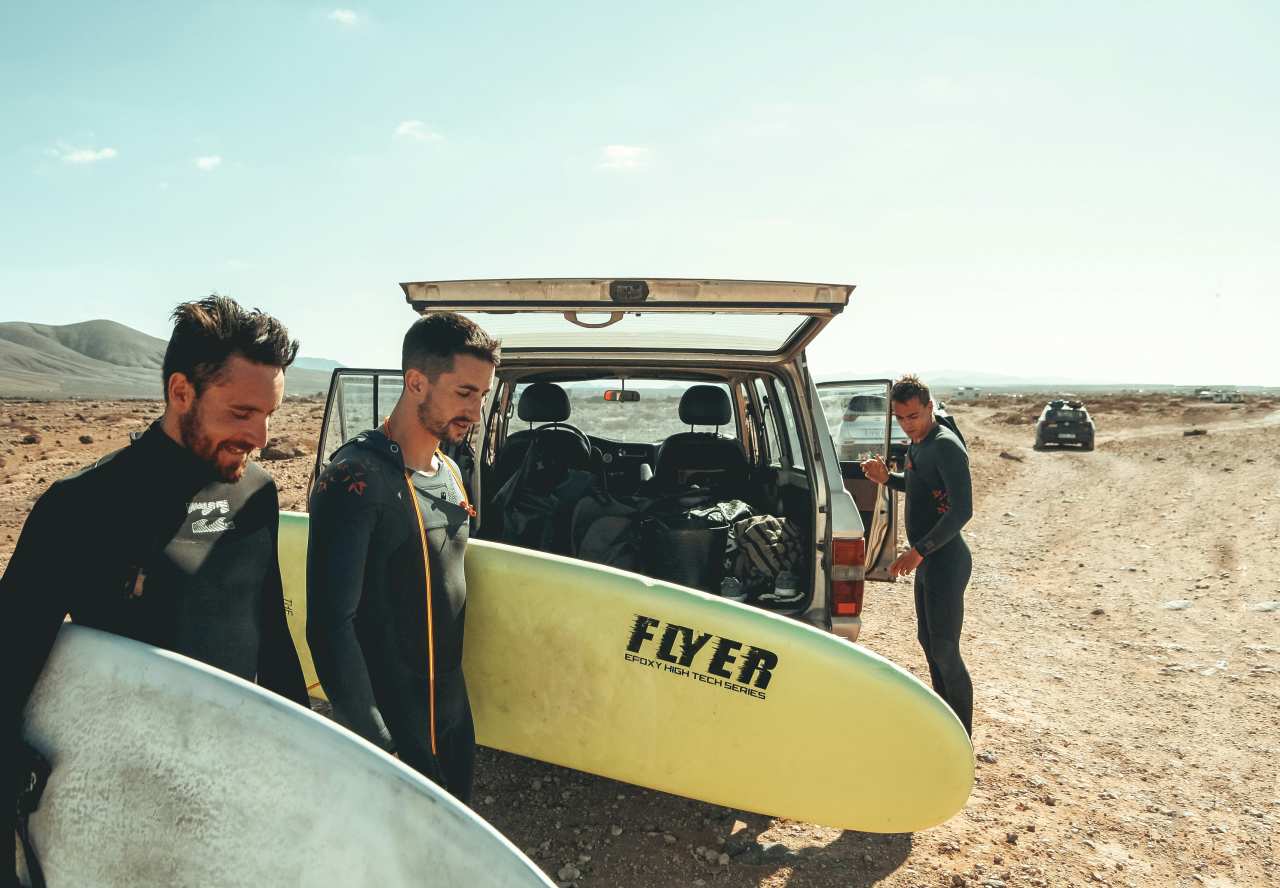

.jpg)
.jpg)



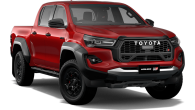
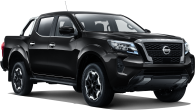

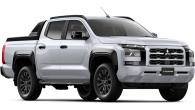


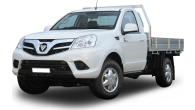
.jpg)
_3.webp)
_0_0.jpg)

.jpg)
.jpeg)
.jpg)
.jpg)

.jpg)


Comments